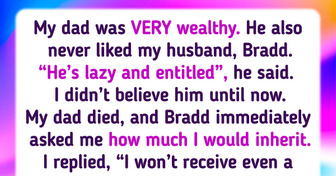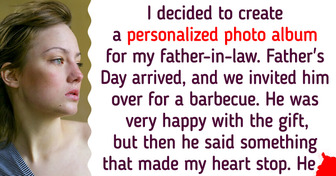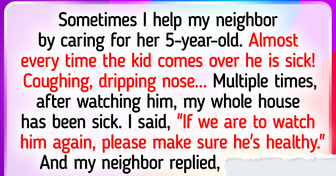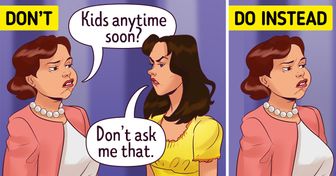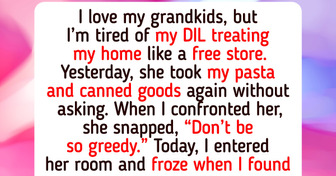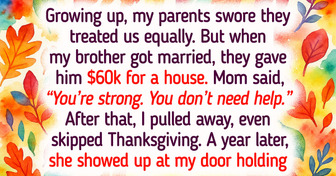11 Pics That Show the Harsh Reality of Following Modern Beauty Standards
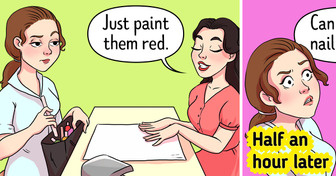

Fairytales have such an important impact on children, that it would almost be surprising to find kids who never read fairytales in their childhood, and the same goes for adults. These stories expose us to the truths about the world and give us our first information about the moral values of the society we live in. But sometimes, the values they talk about are so cynical, that we are amazed we didn’t notice them before.
We at Bright Side had a lot of fun reading fairytales for children and we found some cynical truths hiding in them.

A queen had an ugly son, but a fairy comforted her and told her that he’d be very smart and make the woman that loves him smart too.
Another queen had 2 daughters — one of them was very beautiful and the other one was ugly. The same fairy told the woman that the beautiful girl will be very stupid, but she’ll have the power of making people that she likes beautiful too.
In spite of her beauty, the older princess is so stupid that people tend to favor the company of her ugly, but intelligent, younger sister. The ugly boy falls for the ugly princess and promises to make her smarter if she’ll agree to marry him. There’s no magical transformation for the boy, though, as the author assures us that he becomes “beautiful” when the princess grows accustomed to his looks.
And the ugly, younger sister is just forgotten about. Even if she was able to impress people with her personality, the story still acts like the pretty sister is the one who is entitled to be the heroine.
So, this fairytale teaches us that no matter how stupid a woman is, if she is attractive, her life will be good. And she can have other positive traits, like intelligence, just handed to her, instead of actually working toward those goals.
A widow has 2 daughters. She loves the older one, who resembles her, and treats the younger one, who takes after her father, like a servant in her own home.
The little sister went to get water, met an old lady, and gave her something to drink. In return, the old lady gave her a gift: every time the girl opened her mouth, flowers and diamonds would fall out. The older sister tries to go meet this fairy herself — and this time the fairy disguises herself as a refined lady and the girl, who is on the lookout for the old lady, is rude to her. As punishment, snakes and toads appear when she speaks.
The horrified mother chases the younger girl out of the house and she meets a prince in the woods. Realizing that a girl who makes jewels is a better dowry than any princess, he marries her.
The older girl was banished and died alone. The author didn’t even give the poor girl a chance to make things right.
It would be one thing if the older sister were being punished for mistreating her younger sister, but the fairy doesn’t seem to care about that. In fact, the mother, who is arguably the real villain in all of this, goes completely unpunished.
Over the years, some authors felt sorry for the sister or gave her a happy ending. One famous parody accidentally has the fairy give the wrong gifts to each girl. A coquettish girl tricks a fairy into making her speak diamonds and she ends up getting kidnapped by a con-artist. Her sister tells off the fairy over this, gets cursed into speaking snakes and toads, and ends up happily married to a rich doctor who studies animal venom. Another retelling changes the younger sister to be the bad one and has her marry the prince’s evil brother and become queen, before getting her comeuppance.
This cat threatened people so that they would lie to the king, to make his owner look better. Later, the same cat tricked an ogre into becoming a mouse. Then the cat ate the ogre and took what the ogre owned. So, by threatening and lying, the cat reached his goals.
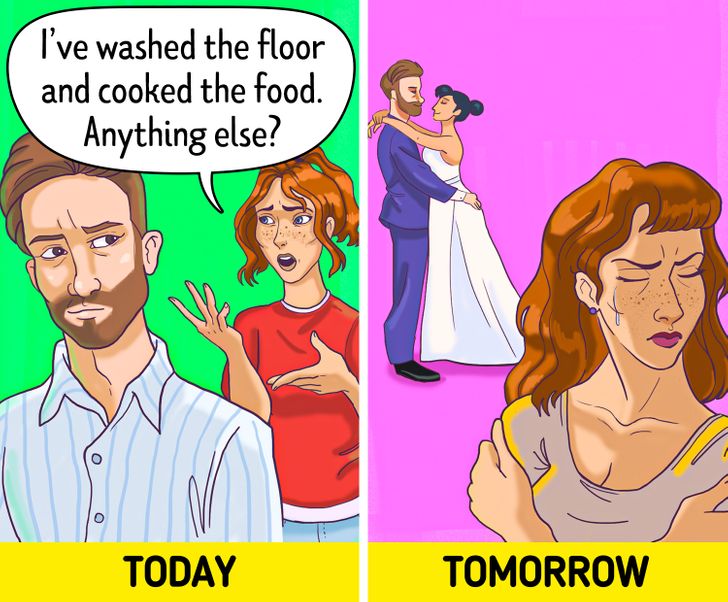
A mermaid saved the prince and fell in love with him. She wanted to become human, so she made a deal with a witch and got legs in return for her voice. She drank a potion and met the prince, who fell in love with her. But the prince married a different woman and the mermaid threw herself into the sea.
The message is simple: don’t sacrifice anything in the name of love and hope that the one you love will appreciate that.
Wendy, unlike Peter and her brothers, didn’t want to stay in Neverland forever — she accepted the fact that she was growing up. Some have seen this as a symbol of the inner conflict between growing up or clinging to childhood.
Also, as some people have noticed, Wendy obviously expected Peter to have a relationship with her. But Peter got stuck in childhood and didn’t give Wendy what she wanted.
A princess rejected all the candidates she was set up with to marry because of the way they looked. The father of the girl lost his patience and ordered her to marry the first poor man she met. It turned out to be the man that the princess had laughed at the most. The groom locked the princess in a cold cabin, made her work, and even ruins the pots she plans to sell at the market — all in an attempt to make her into an obedient wife.
So, the tale teaches us that some people can be changed, but only with brute force, as ugly as this sounds.
The gingerbread man escaped several pursuers, but ended up being eaten by a fox. The idea is that no matter how strong and smart you are, there is always someone stronger and smarter.
Of course, if fairytale characters were all kind and happy, this wouldn’t be good for children: they wouldn’t be learning to be strong. But teachers and psychologists still don’t have a consensus on how much truth kids should know.
What other fairytales for kids actually talk about difficult topics? Should parents read them to their children?



